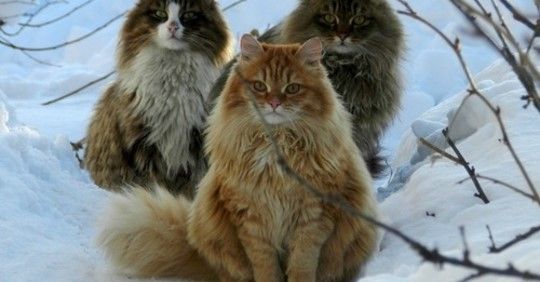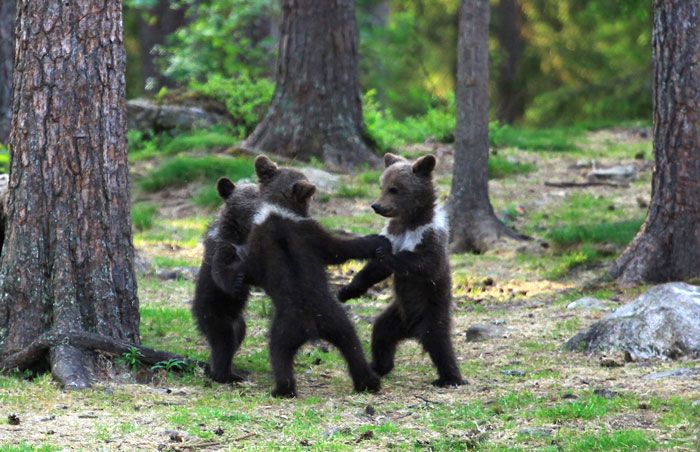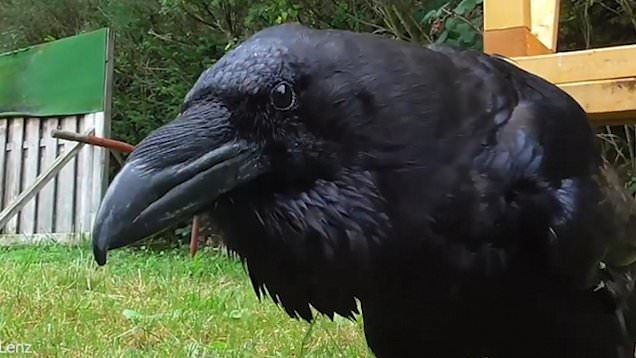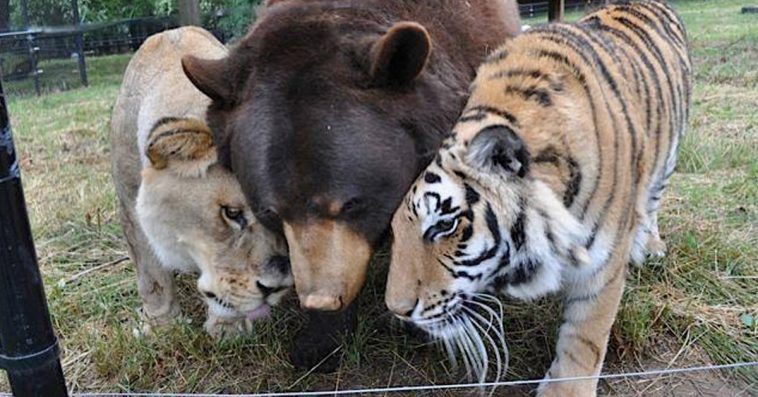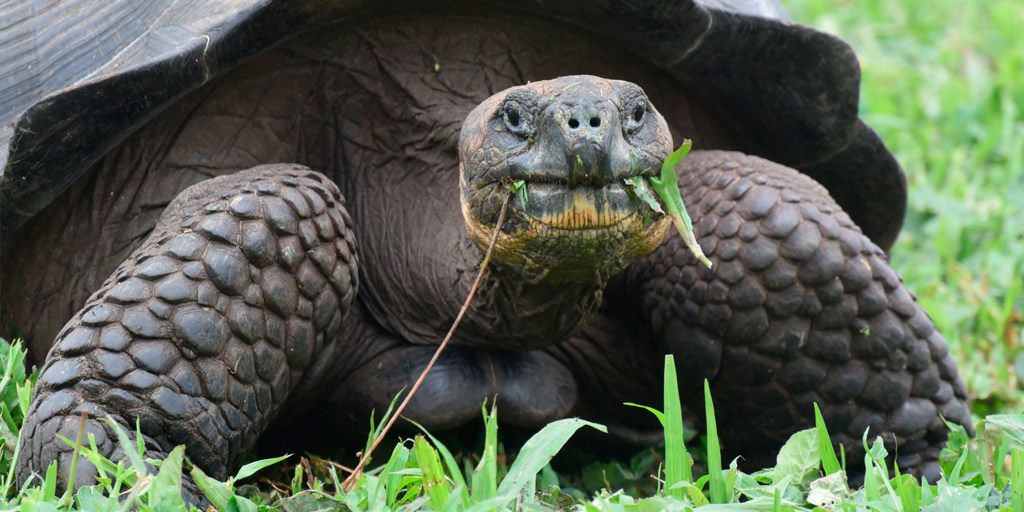
Baby Tortoises Show Up In The Galapagos Islands
Baby Tortoises Show Up In The Galapagos Islands For The First Time In 100 Years!
A well-balanced biome is essential for our environment, so the preservation of endangered species is of excellent significance, as flora and fauna maintain the health of the ecosystem.
Endangered types can cause its imbalance, as the loss of one types causes the loss of others.
Researchers keep that the very best method to secure endangered species is to protect their natural environment. In this way, entire communities of animals and plants can be protected together.
The tortoises in the Galapagos Island of Pinzon were basking in their numbers, up until the 18th century and the intrusion of hungry rats from a docking ship.
The rats ate the eggs of numerous types, consisting of tortoises, and therefore disrupted the natural order of the island’s ecosystem.
With time, tortoises became an endangered species, due to this, in addition to attacks from larger species, and destructive human activities.
The species was absent from the wild for about a century.
However, the conservation efforts over the years provided remarkable results, and nowadays, over 500 baby tortoises are prospering in Pinzon, all born and bred there.
In December 2012, with the help of air-dropped rat toxin, the rats were destroyed, and the population of tortoises is on a consistent rise since. The rat elimination campaign was performed by Island Conservation, the Galapagos National Park Directorate, and other partners. They declared the island rat-free after a year of monitoring.
In 1960, when a remediation initiative tried to save the staying egg specimens on the island.
About a hundred eggs were gathered and hatched on another island, and after 5 years, when they were strong enough to defend themselves, they were returned to Pinzon.
Yet, the rats still triggered significant problems then, by consuming the eggs laid by the adult tortoises.
As soon as the rodents were removed, things began to enhance.
Researcher James Gibbs, a Professor of Vertebrate Conservation Biology and Associate Chair of the Department of Environmental and Forest Biology at the State University of New York, partnered with Galapagos Conservancy to bring back huge tortoise populations in Galapagos through the Giant Tortoise Restoration Initiative.
He described:
” I’m astonished that the tortoises gave us the opportunity to offset our errors after so long. The extraordinary obliteration of rats on this island, done by the park service and others, has actually created the opportunity for the tortoises to breed for the first time.”
When he and his team got here on the island in 2014, they discovered 10 new hatchlings crawling throughout the course in the first part of the Island.
This was extremely crucial, as it implied that the ecosystem was at last being reminded the natural order.
Gibbs wrote:
” This new bunch of “little guys” is one of the important results of the rat eradication campaign, tangible proof that with dedication, hard work, support, and heart, preservation efforts can effect good change.”
Prior to their departure that year, they found about 300 wild-born newborn tortoises.
” This is the first time they’ve bred in the wild in more than a century. I’m sure there were a hundred times more hatchlings out there.”
Nowadays, it is believed that his number has actually risen to 500, and Gibbs concluded that Pinzón has become” an island in recovery, a growing tortoise population” and their findings” provide confirmation of the good work of the Galapagos National Park Service and its numerous collaborators. ”

